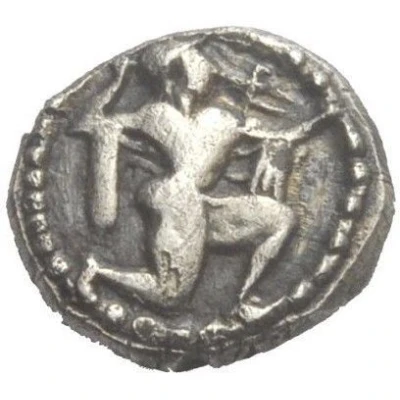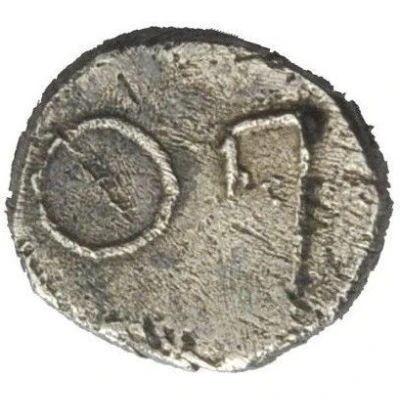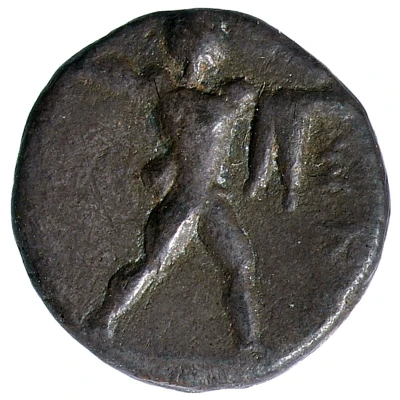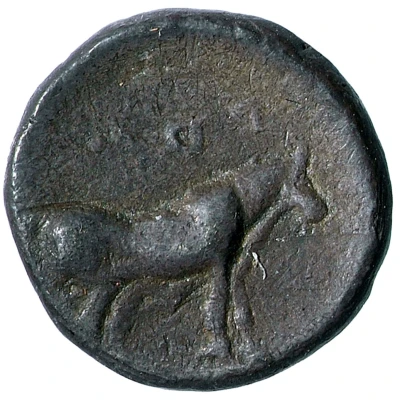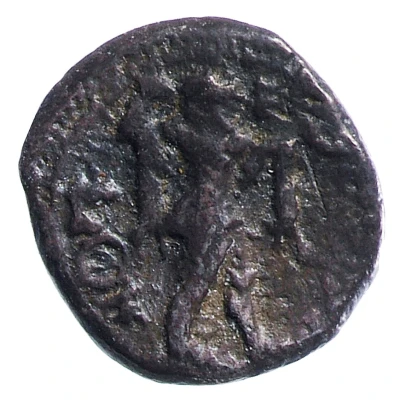
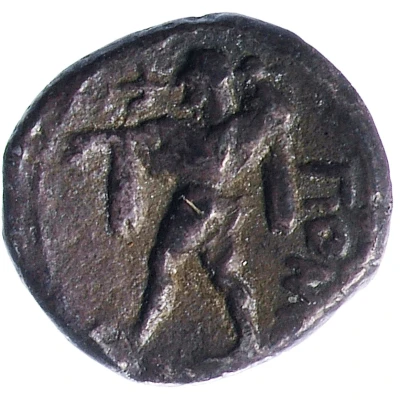

© Trustees of the British Museum
Trihemiobol 480 BC - 400 BC
| Silver | 0.59 g | - |
| Issuer | Poseidonia (Lucania) |
|---|---|
| Type | Standard circulation coin |
| Years | 480 BC - 400 BC |
| Value | Trihemiobol (¼) |
| Currency | Phocaean/Campanian Drachm |
| Composition | Silver |
| Weight | 0.59 g |
| Shape | Round (irregular) |
| Technique | Hammered, Incuse |
| Demonetized | Yes |
| Updated | 2024-10-10 |
| Numista | N#393385 |
|---|---|
| Rarity index | 100% |
Reverse
Incuse of obverse figure.
Script: Greek
Lettering: NOM
Interesting fact
The Trihemiobol coin from Poseidonia (Lucania) was used as a form of currency in ancient Greece and has a unique design. One side of the coin features a portrait of a mythical creature called a "Triton," which is a half-human, half-fish creature that was believed to inhabit the sea. The other side of the coin features an image of a dolphin, which was a symbol of good luck and prosperity in ancient Greek culture. The combination of these two symbols on the coin may have been meant to convey the idea of the coin being a symbol of good luck and prosperity for those who used it in trade and commerce.
